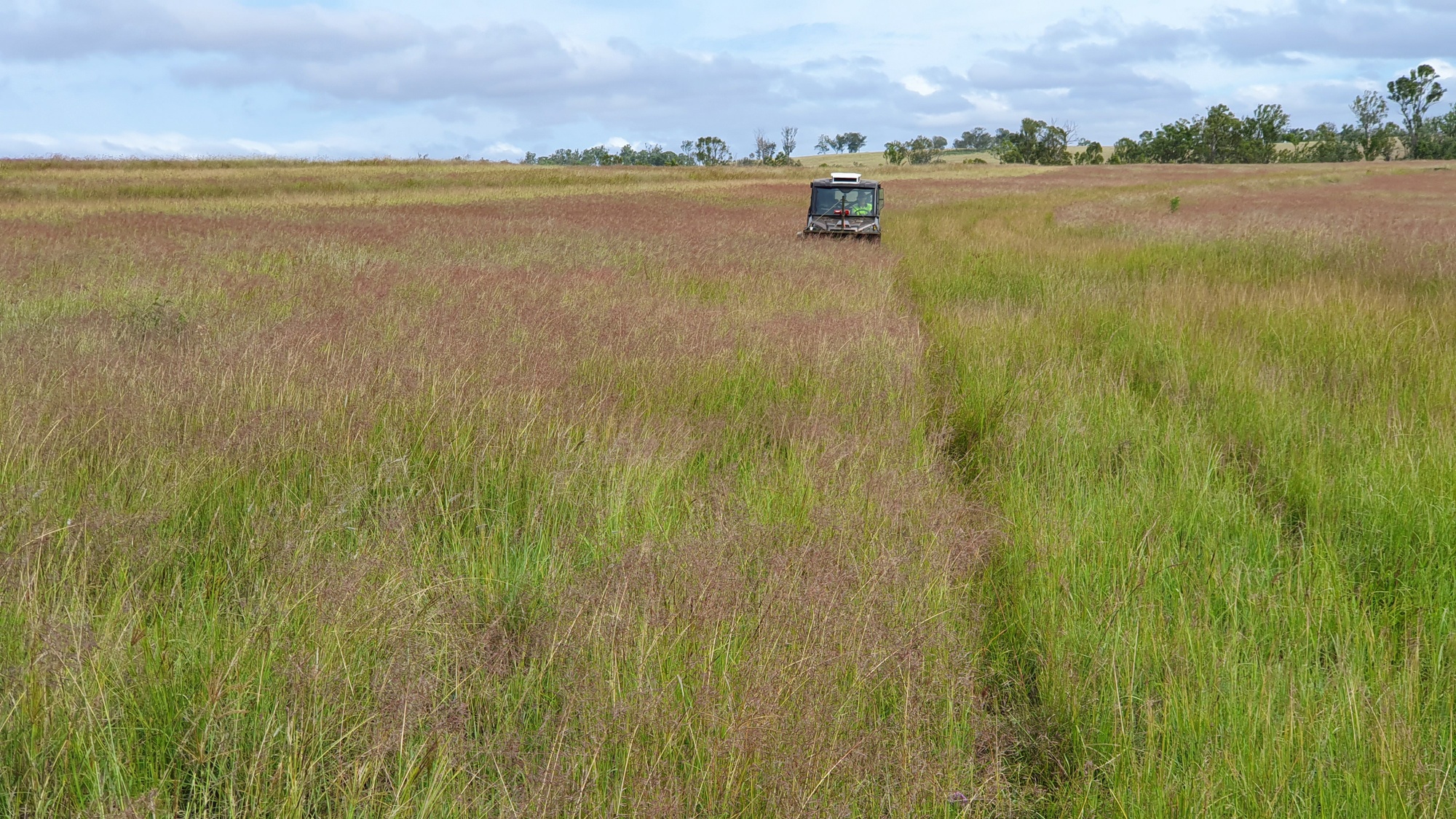Plant Profiles
Plant Categories
Subshrub
Trailing herb
Annual
Annual or Short-Lived Perrenial
Prostrate Shrub
Graminoid
Vine
Forb
Nitrogen Fixer
Grass
Tree
Shrub
Sedge
Wattle
Show All
14Genera
Acacia
Allocasuarina
Alphitonia
Alstonia
Angophora
Archidendropsis
Aristida
Arundinella
Astrebla
Atalaya
Atriplex
Austrosteenisia
Austrostipa
Banksia
Baumea
Bolboschoenus
Boronia
Bothriochloa
Brachychiton
Breynia
Callitris
Calotis
Capillipedium
Carissa
Cassia
Cassine
Cassinia
Casuarina
Chloris
Chrysocephalum
Chrysopogon
Clerodendrum
Corymbia
Crotalaria
Cymbopogon
Daviesia
Denhamia
Derris
Dichanthium
Dodonaea
Einadia
Enchylaena
Enteropogon
Eragrostis
Eremophila
Eriochloa
Erythrina
Erythroxylum
Eucalyptus
Eustrephus
Fimbristylis
Flindersia
Gahnia
Geijera
Grewia
Hardenbergia
Heteropogon
Hovea
Imperata
Indigofera
Jacksonia
Jasminum
Juncus
Kennedia
Lepidosperma
Lomandra
Lophostemon
Ludwigia
Lysiphyllum
Maireana
Melaleuca
Melia
Myoporum
Notelaea
Owenia
Pandorea
Panicum
Parsonsia
Paspalidium
Petalostigma
Petalostylis
Pittosporum
Podolobium
Pomax
Psydrax
Pterocaulon
Ptilotus
Pultenaea
Rhagodia
Rhodosphaera
Rhynchosia
Sarga
Schoenoplectiella
Schoenoplectus
Senna
Sida
Solanum
Sporobolus
Swainsona
Syncarpia
Themeda
Trema
Vachellia
Ventilago
Vittadinia
Show All
105Hovea lorata
| Categories | |
| Common Name(s) | |
| Family | Fabaceae, Subfamily Faboideae |
Description
"Shrub to 3 m tall; indumentum brown or grey-brown, the hairs coiled or sometimes straightish, divergent." (Flora of Australia)
Notes
Hovea lorata appears on poor sandstone and granite ridges where Corymbia citriodora is dominant. It may also occur on adjacent, deeper soils, for example in Eucalyptus moluccana dominant systems.
Grows in sandy soils associated with sandstone or in stony or rocky soils (on serpentinite in N.S.W.) in forest and woodland. (Flora of Australia)
We note that in some areas, too frequent burning, both controlled and unregulated, may cause these beautiful plants and many others, to disappear from a forest understory. They may never mature and live to see a wet Winter conducive to seeding and so soil seed banks are degraded. Many exotic grasses are now widely naturalised in Australia that produce higher fuel loads in forests, than previously. Completely excluding cattle from such areas may now be counterproductive to conservation of native Australian flora. Regardless, it appears that careful, scientific approaches are now needed to allow native flora to persist alongside naturalising exotics.
Hovea species are very well suited to rehabilitation because they can be collected easily, store well for long periods and germinate readily. Access to sizeable stands is extremely limited. Timing of seed collections is critical also, the time window being very narrow. Winter rain required for their seed production is irregular in Queensland and so more successful collections can be made in NSW for this genus. Collections also place pressure on localised soil seed banks if too much seed is harvested from a given area. Given these facts, Hovea is an obvious genus for seed production through cultivation because the plants could be regenerated widely without pressuring native populations. Hovea species are often misidentified and so investment in correct identification is important before any cropping should take place.
Successful collection of Hovea seed requires careful monitoring and maturity testing. As maturity occurs, large portions of seed crops may be forcefully ejected from their capsules on hot, sunny days leaving the remaining seed crop in an uneconomic state. It is optimal to harvest seed sometime within several days prior to such an event.
When drying fruiting material cut from Hovea, do not spread material too thickly which will slow down dehiscence underneath. Place tarps in hot sun or clear film tunnelhouse and cover with a very light gauge of shadecloth. This will prevent ejected seed from being lost on to the surrounding ground.
Historical Notes
Distribution
Hovea lorata is mostly found in southern eastern Queensland to around Blackwater and as far west as Longreach. Limited records also exist close to the coast in northern Queensland and northern New South Wales.
References and Related Links
Flora of Australia. Australian Biological Resources Study, Canberra. [Date Accessed: Sept 20, 2022] http://www.ausflora.org.au
https://profiles.ala.org.au/opus/foa/profile/Hovea%20lorata
https://plantnet.rbgsyd.nsw.gov.au/cgi-bin/NSWfl.pl?page=nswfl&lvl=sp&name=Hovea~lorata
